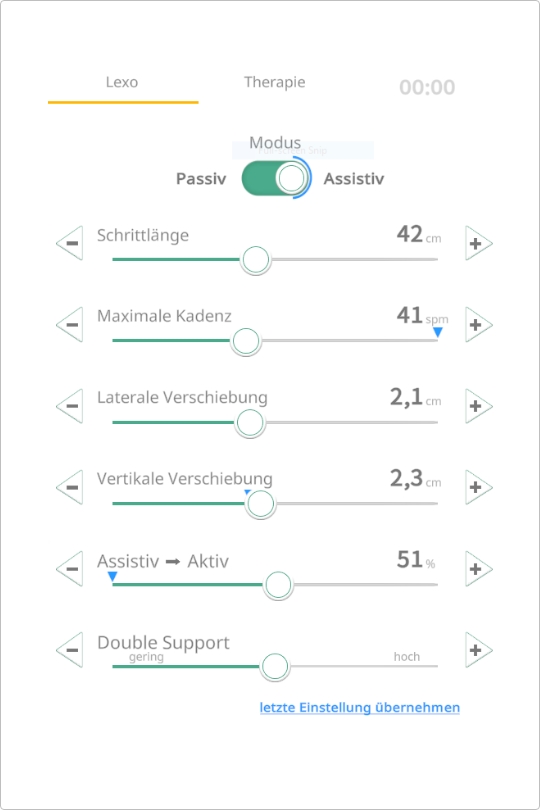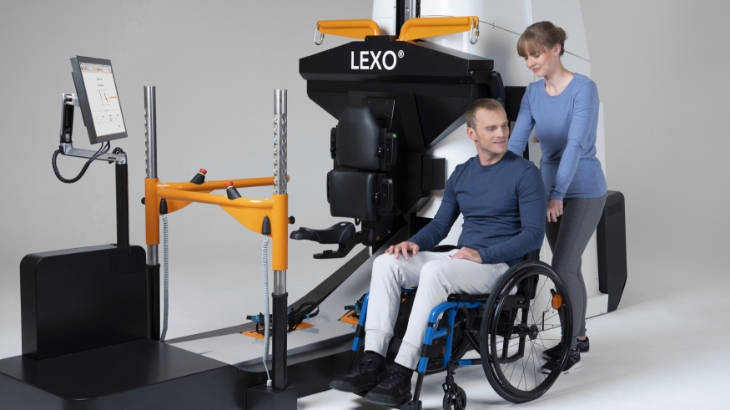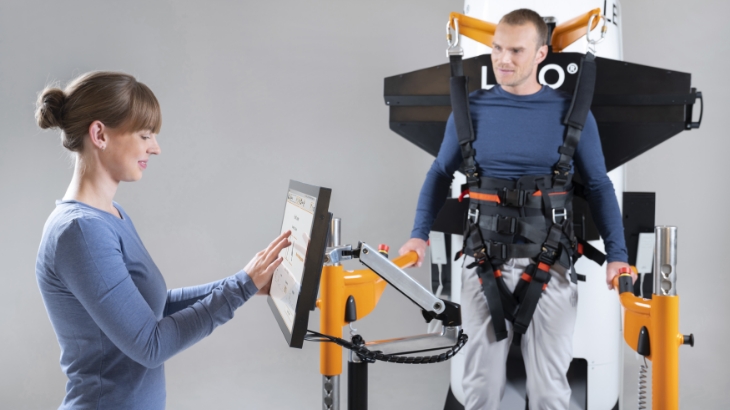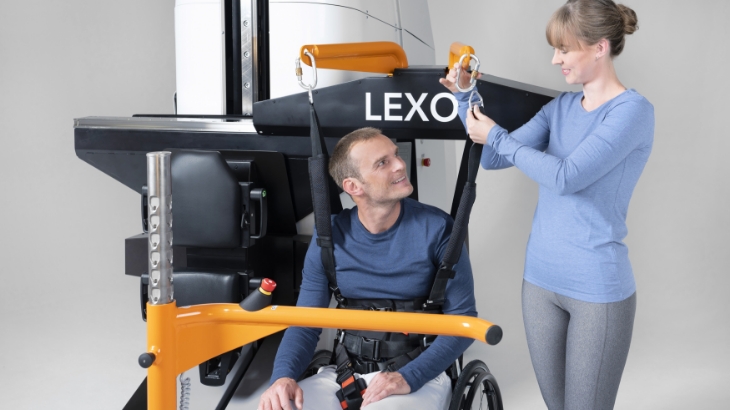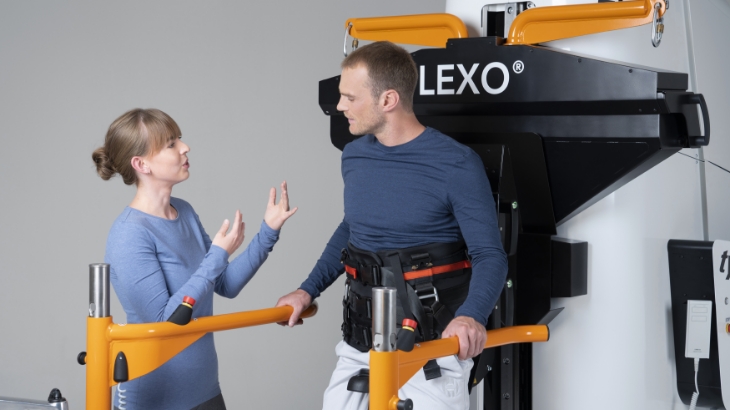
LEXO®
The new standard in robotic gait training
THE NEW STANDARD IN ROBOTIC GAIT TRAINING
LEXO® is designed to encourage active walking, maximize intensity and number of steps.
It is quick to set up and easy to use, and helps patients make important first steps to help them feel they are heading in the right direction again.
The LEXO® end effector system promotes an active approach to training and rehabilitation, encouraging the patient´s self-activity.
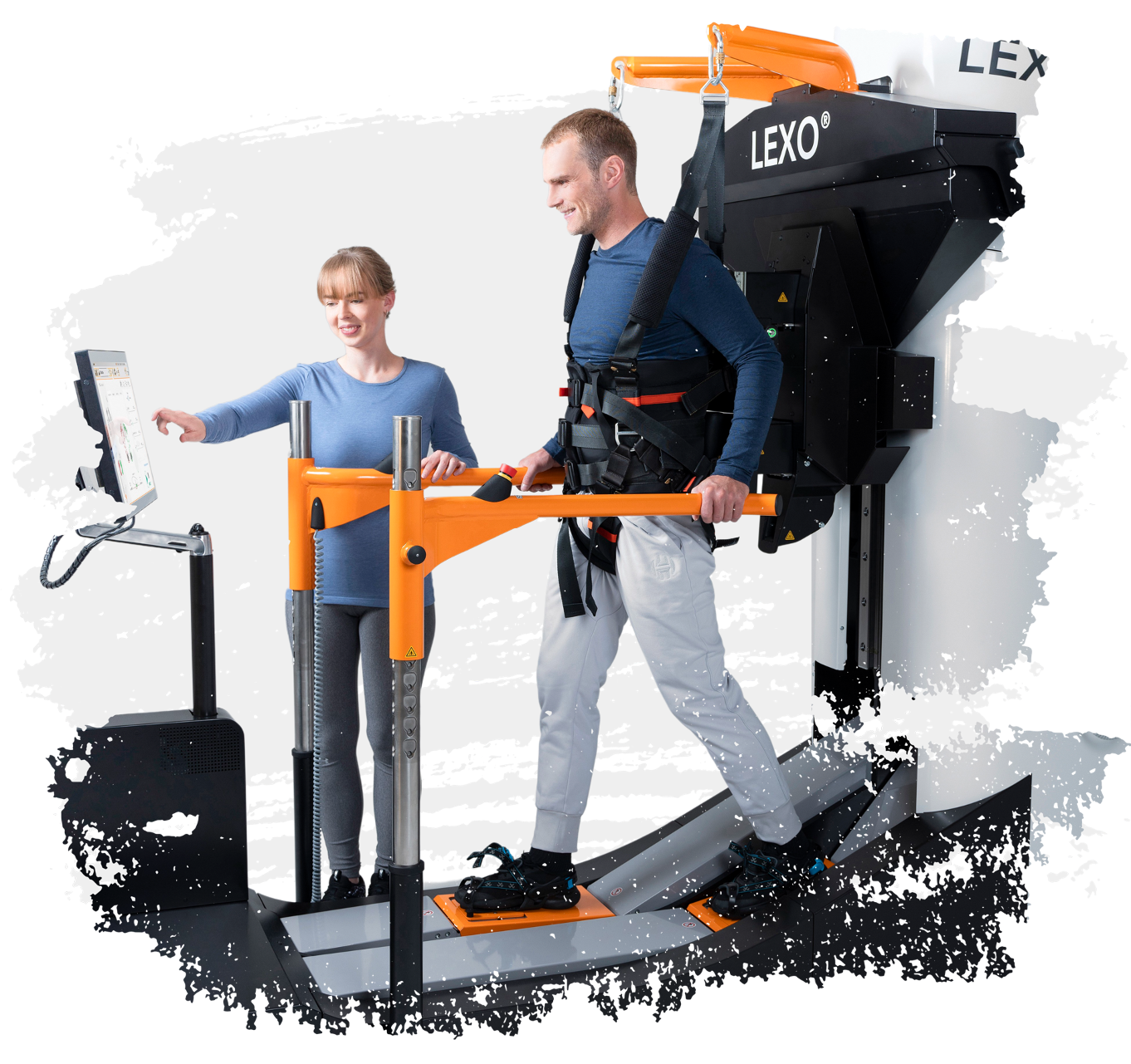
LEXO® AT A GLANCE

Suitable for all age groups
from paediatrics (ages 6 and up) to geriatrics

Efficient use
of therapy time

Innovative transfer modes

End-effector based gait training

Passive-active walking mode

Bio-feedback and virtual training environment
WHY LEXO®?
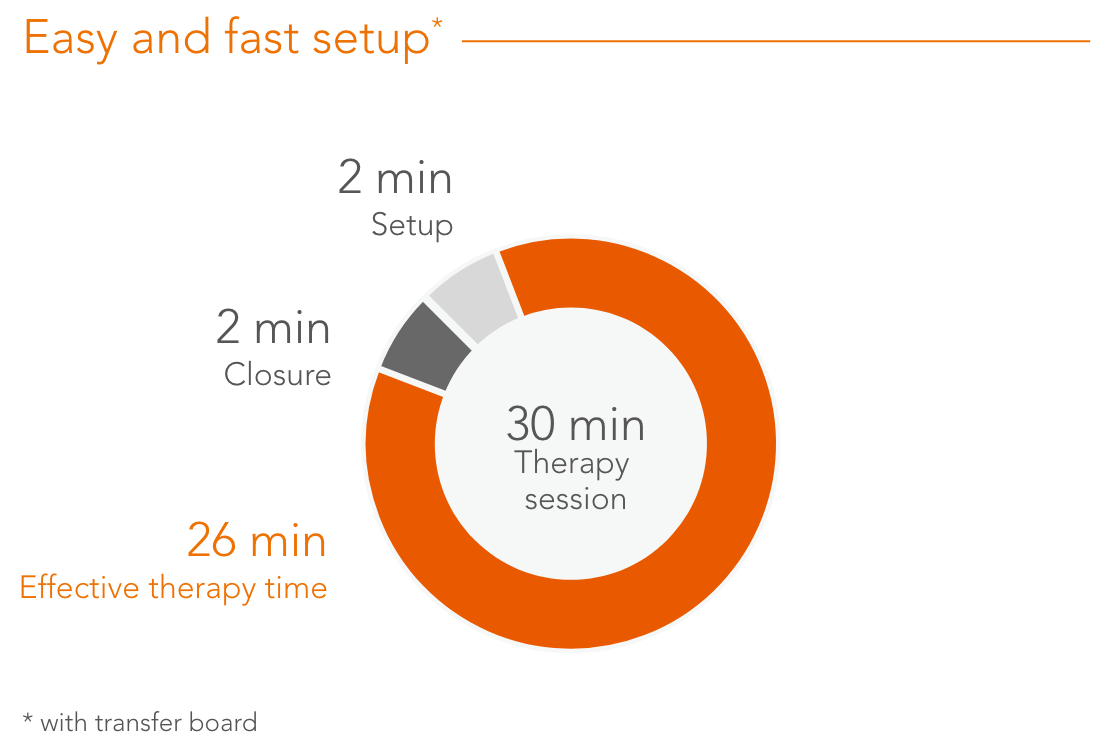
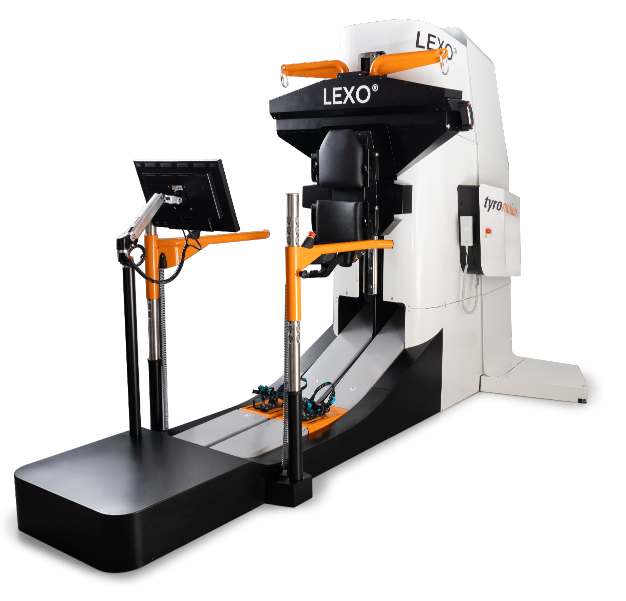
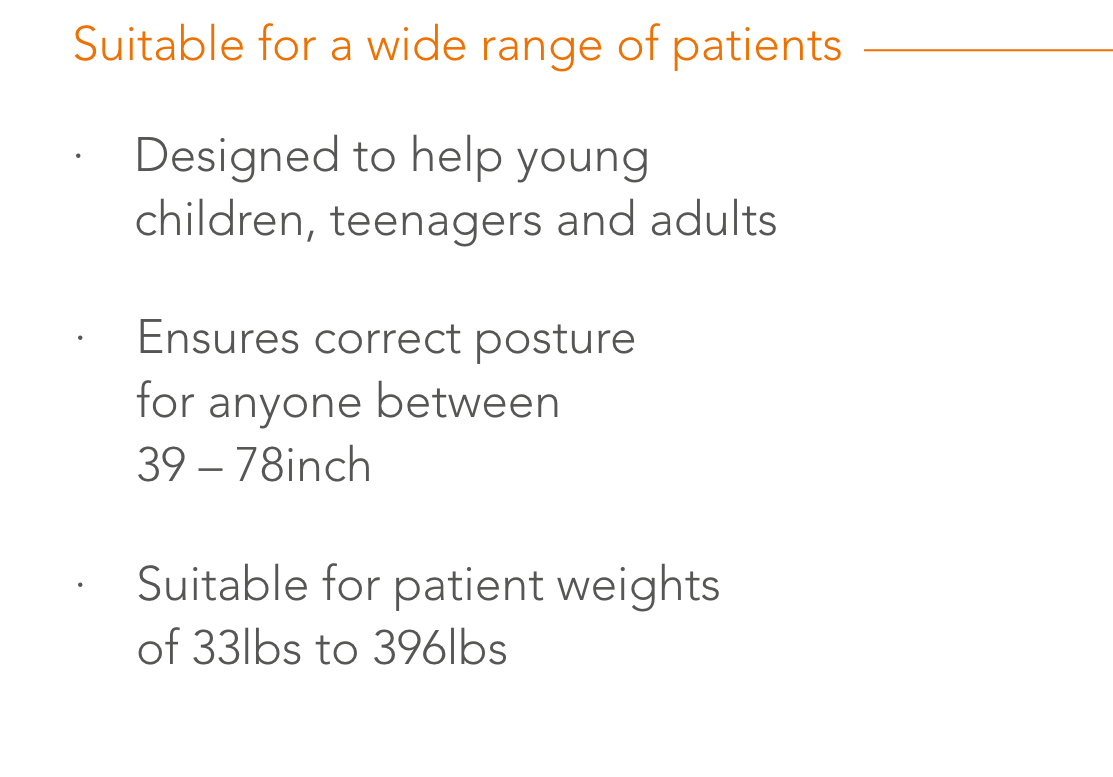

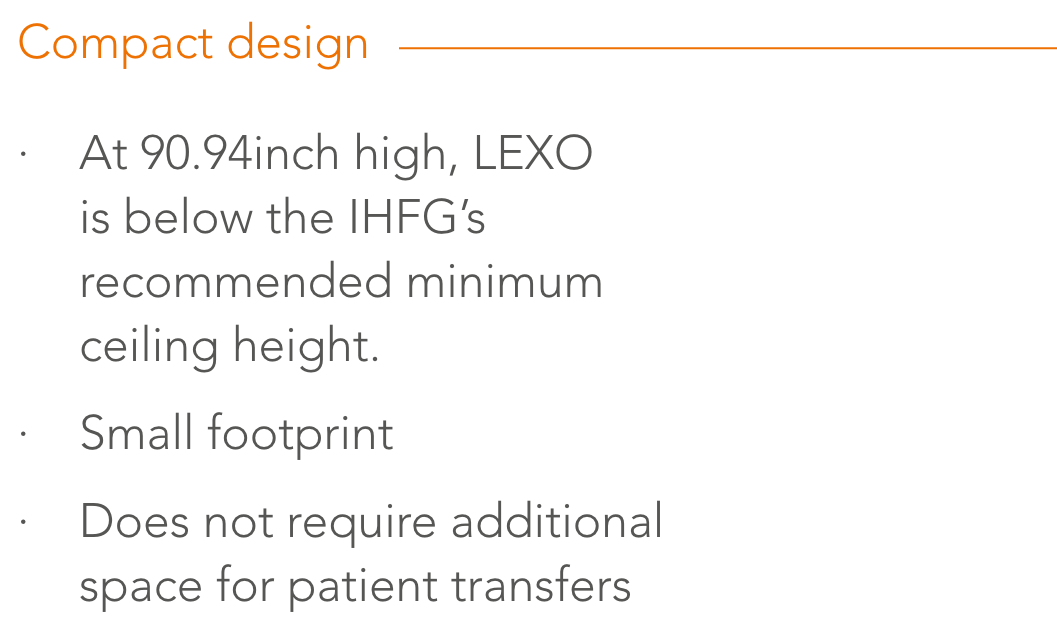


LEXO® PEDIATRIC KIT
Gait therapy for children,
teenagers and adults in ONE device.
With the specially designed LEXO® paediatric kit, you can offer the full range of gait therapy for all individuals over six years of age.
The additional accessories are fast and easy to add and remove, and assure physiologically optimized positioning for children while working on all aspects of gait such as walking, speed, endurance, and more.
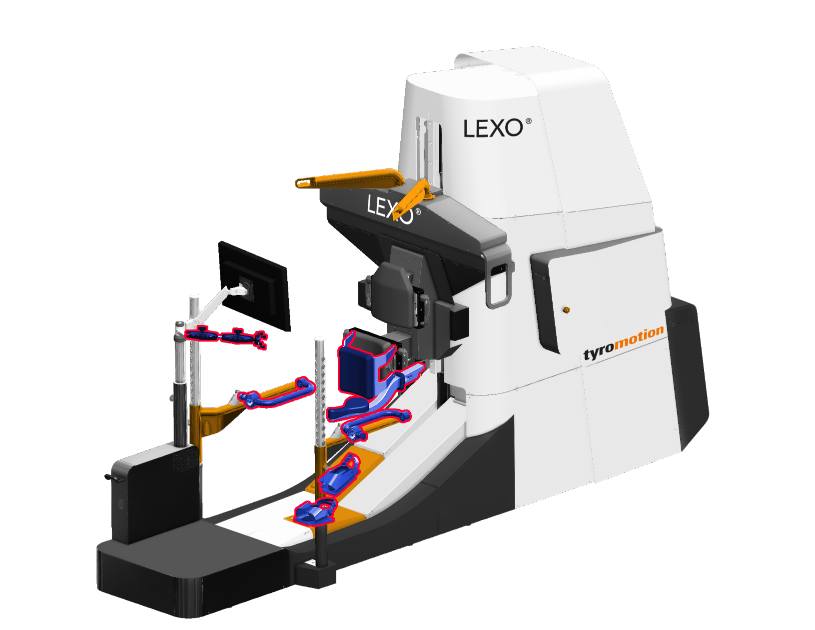

Adaptable handrails

Smaller footrests

Attachable cushion

Tablet / mobile phone mount

Smaller saddle
KEY FEATURES of LEXO®
Dynamic weight support with harness or saddle
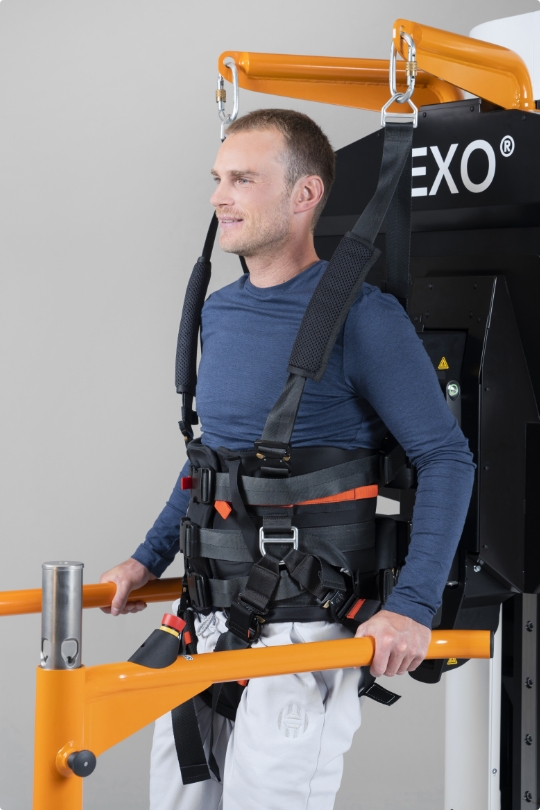
Active, 3D pelvic support
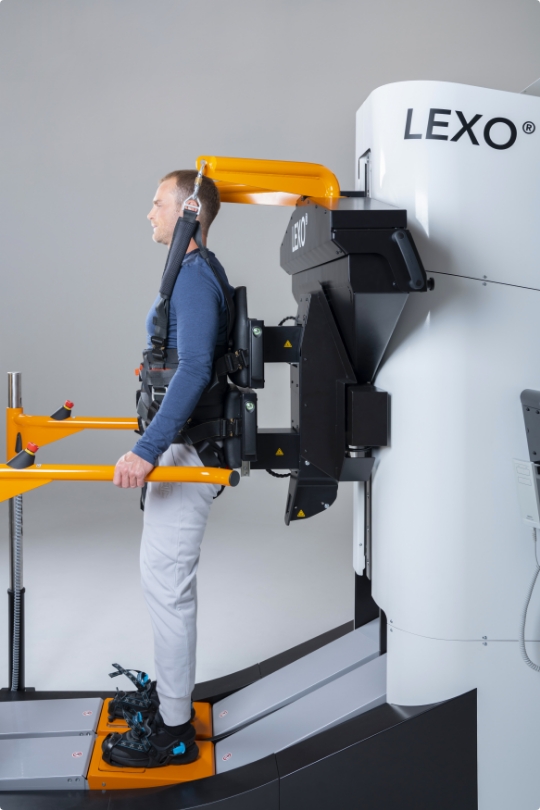
Backrests for patients lacking trunk stability
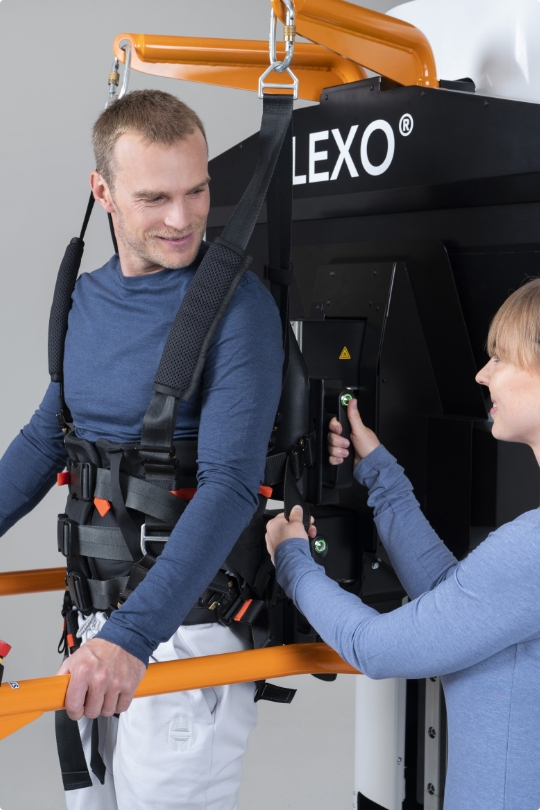
Independent or lifter transfer
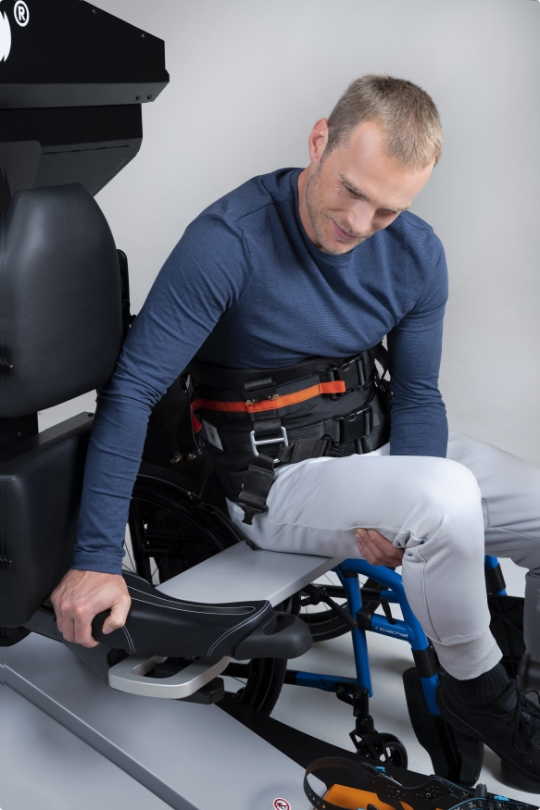
Vary stride length, cadence and speed electronically
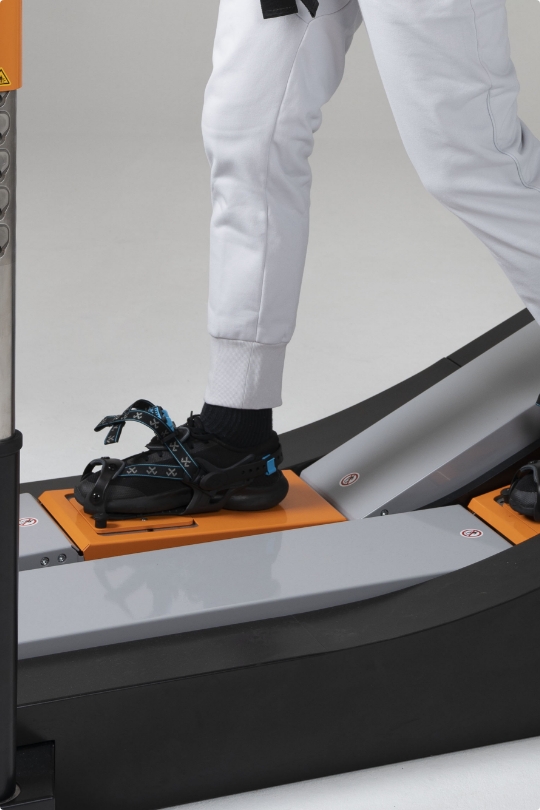
Virtual training environment

Augmented performance feedback
